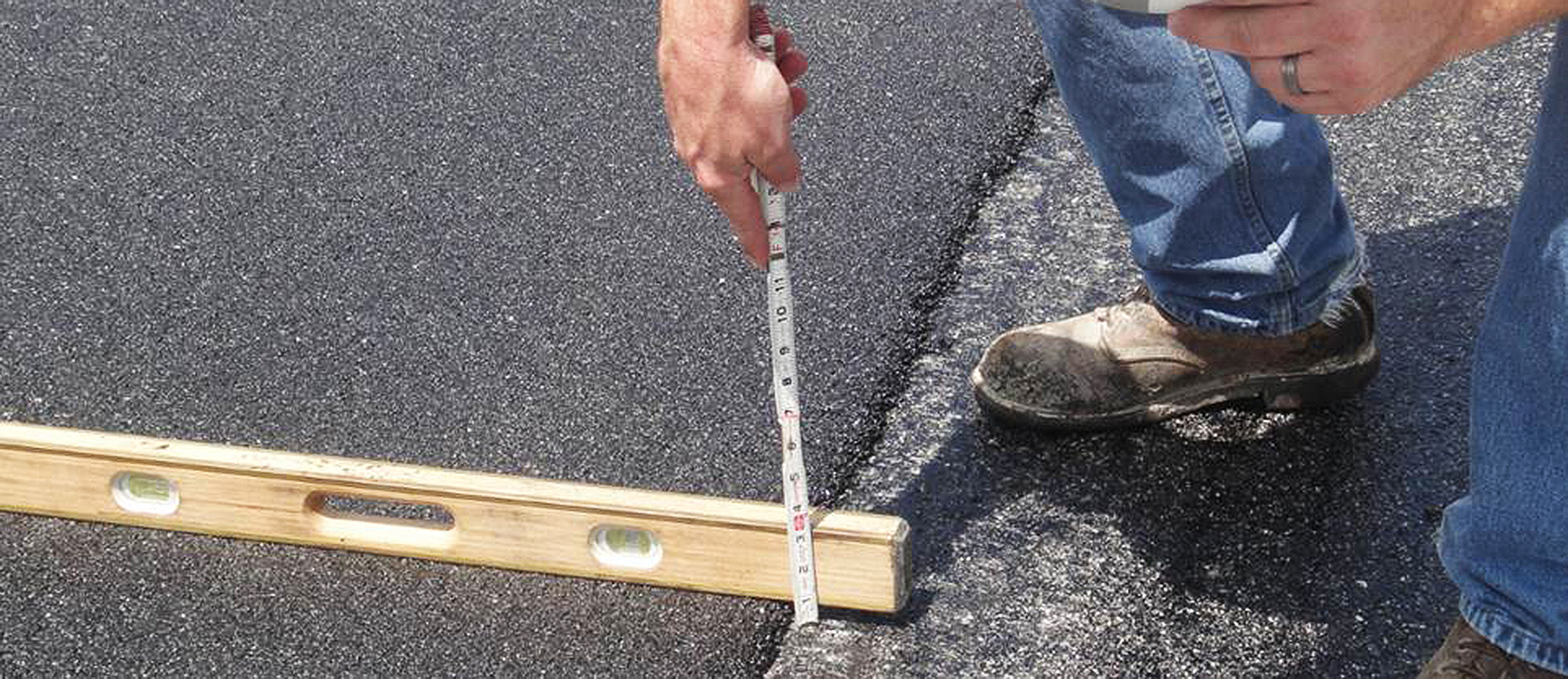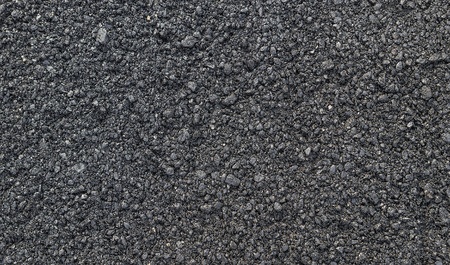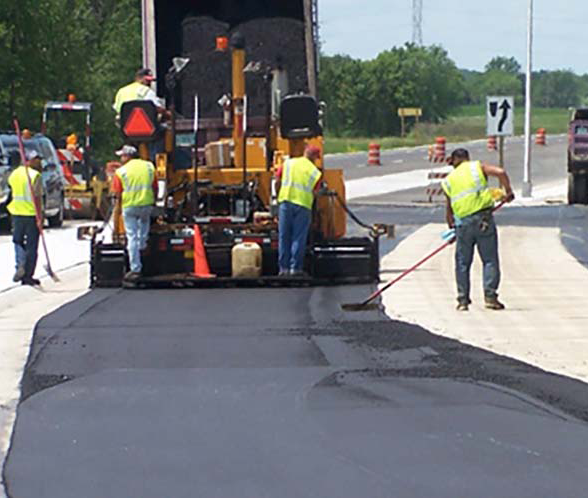Hot Mix Asphalt Paving: Redefining Commercial Residential Property Landscapes
Unlocking the Tricks of Hot Mix Asphalt Innovation
Checking out the depths of hot mix asphalt technology uncovers a world where precise formulations and meticulous procedures assemble to shape our roads and infrastructure. The blend of fillers, binders, and accumulations isn't just a building and construction task but a tactical orchestration of resilience and efficiency. As we peer right into the detailed dancing of elements, a tapestry of resilience and sustainability unravels. However what lies under this surface area of asphaltic mastery, and what secrets wait to be introduced in the realm of paving technologies?
Significance of Warm Mix Asphalt
Hot Mix Asphalt plays a crucial function in modern-day facilities growth due to its longevity and cost-effectiveness. As the most frequently used paving product for roadways, highways, and auto parking lots, Hot Mix Asphalt supplies a series of advantages that add to its importance in building tasks. One key advantage is its capacity to withstand rush hour loads and severe climate condition, offering a resilient and trusted surface for transportation networks. Furthermore, Warm Mix Asphalt is cost-effective in both preliminary building and lasting upkeep, making it a favored selection for numerous facilities tasks.
The resilience of Warm Mix Asphalt stems from its structure, which consists of aggregates, binder, and filler products that are thoroughly selected and mixed to meet certain performance demands. Overall, the relevance of Hot Mix Asphalt in framework development can not be underrated, as it continues to be a foundation of modern building techniques.
Parts of Asphalt Mixes
The make-up of asphalt blends is composed of carefully selected aggregates, binder, and filler materials that are vital for attaining details efficiency requirements. Aggregates are the main element of asphalt blends, giving strength and security. The binder, generally bitumen or asphalt cement, holds the aggregates together and offers flexibility and sturdiness to the mix.
The mix and proportion of these elements play a significant duty in determining the top quality and performance of the asphalt mix. Engineers thoroughly create the mix to satisfy particular demands, considering elements like traffic quantity, environment conditions, and sidewalk life-span. Correct selection and harmonizing of aggregates, binder, and fillers are vital for producing resilient, long-lasting asphalt pavements.
Mixing and Manufacturing Strategies

Once the accumulations are chosen, the binder, typically asphalt concrete, is included in bind the materials with each other. The binder's top quality and amount considerably influence the mix's toughness, adaptability, and resistance to environmental factors. Additionally, fillers like hydrated lime or Portland cement may be incorporated to enhance details qualities of the asphalt mix, such as its workability or wetness resistance.
Throughout production, the accumulations and binder are heated, usually between 250-325 ° F(121-163 ° C ), to help with mixing and make certain appropriate coating of the aggregates. The blending procedure needs to be extensive to achieve an uniform blend that promotes the wanted performance characteristics of the asphalt. Different techniques, such as batch mixing or drum blending, are used to accomplish premium look at here now and consistent asphalt blends for building and construction projects.
Factors Impacting Asphalt Performance
Elements affecting asphalt performance encompass a variety of variables that influence the resilience, durability, and total high quality of asphalt sidewalks. One key factor is the quality of products used in the asphalt mix. The type and source of accumulations, the binder top quality, and the additives all play a significant role in figuring out the performance of the asphalt sidewalk. The gradation of aggregates is crucial as it influences the mix's workability, security, and resistance to rutting and fracturing.

Environmental conditions likewise influence asphalt performance. Temperature level variants, dampness seepage, and website traffic lots can all influence the structural honesty of the navigate here sidewalk. Design considerations, such as sidewalk thickness and drainage, are necessary in ensuring the lasting efficiency of the asphalt sidewalk. By meticulously thinking about these contractors, variables and designers can optimize asphalt performance and improve the life span of sidewalks.
Lasting Practices in Asphalt Innovation

WMA enables for the manufacturing and positioning of asphalt mixes at reduced temperature levels contrasted to typical hot-mix asphalt, resulting in reduced power intake and greenhouse gas emissions. The use of permeable asphalt blends can aid reduce stormwater runoff concerns by enabling water to infiltrate via the sidewalk and into the ground, promoting natural water filtration and reenergize processes.
Conclusion
Finally, hot mix asphalt modern technology plays a critical function in modern framework growth discover this info here as a result of its resilience and cost-effectiveness. By carefully balancing parts, utilizing correct mixing strategies, and taking into consideration different factors, engineers can create top notch asphalt mixes that endure hefty website traffic tons and rough climate conditions. Embracing sustainable techniques, such as using recycled materials and warm-mix innovations, further improves the environmental kindness of asphalt technology.
Mixing and production strategies in hot mix asphalt innovation involve the specific combination and processing of accumulations, binder, and fillers to create a high-performance and durable asphalt mix.Aspects affecting asphalt efficiency incorporate a variety of variables that affect the resilience, durability, and general quality of asphalt pavements. Sustainable practices in asphalt technology encompass numerous efforts aimed at reducing the environmental impact of asphalt production and paving processes. By integrating redeemed asphalt sidewalk (RAP) and recycled asphalt roof shingles (RAS) into new asphalt mixes, the market can considerably minimize the intake of raw products and power, while likewise decreasing landfill waste.
WMA enables for the manufacturing and positioning of asphalt blends at reduced temperature levels compared to conventional hot-mix asphalt, resulting in lowered power consumption and greenhouse gas exhausts.